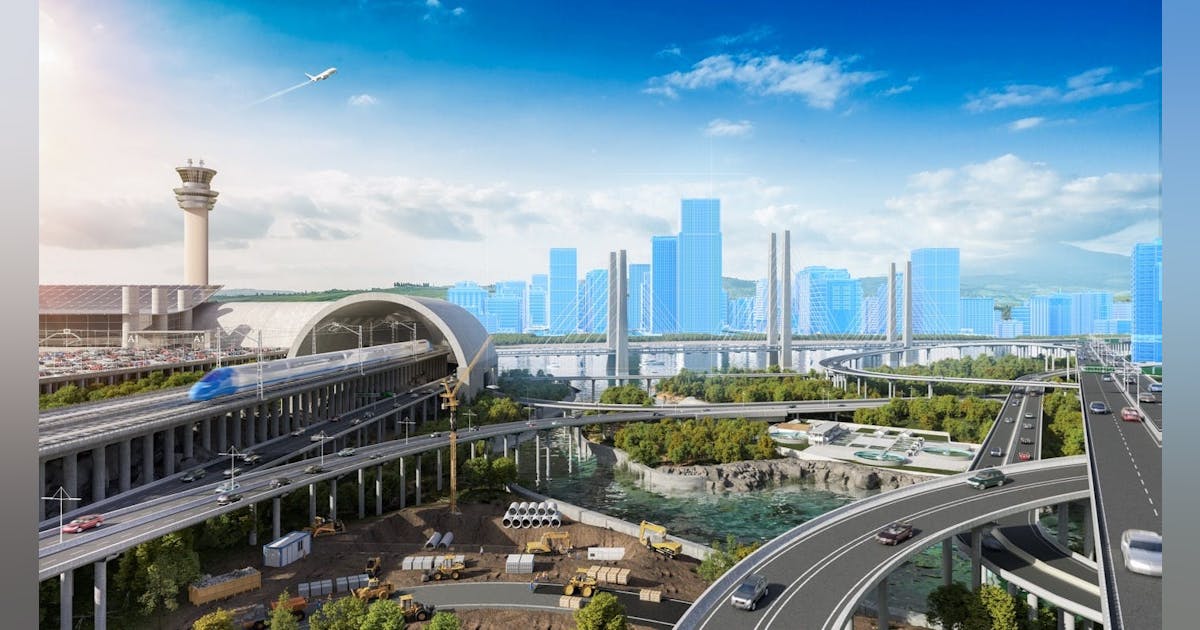As we wrestle with solutions to the growing challenges of climate change, one of the most important tasks will be to focus attention on the largest sources of greenhouse gas emissions.
People are often surprised to learn that the airline industry is not a significant polluter. In fact, the aviation industry contributes a relatively small 2.5% of global emissions compared to the built environment. A staggering 42% of global greenhouse gas emissions come from the built environment each year!
Technology solutions represent meaningful and cost-effective paths to decarbonization and represent a major opportunity for the architecture, engineering, construction and operations (AECO) industry. From using data to make informed decisions to incorporating innovative building materials into projects and increasing public and private collaborations, we have an incredible opportunity to increase the energy and operational efficiency of our buildings around the world and build them with less carbon ( the carbon footprint of a building or infrastructure project before it is put into operation).
Data-driven decisions
With the right data, designers, architects, engineers and operators can measure both embodied and operational carbon and make data-driven decisions to improve sustainability at both the project design/construction level and the operational level.
In the AECO industry, digital transformation begins with cloud-based Building Information Modeling (BIM).—a set of processes that manage the entire asset lifecycle for constructed assets such as office buildings, bridges, stadiums or hospitals.
In order to integrate the BIM process into planning, detailed planning, construction and operation, it is crucial for companies to introduce digital technologies and digitally supported processes. The volumes of data and the number of stakeholders can no longer be managed with decoupled and analog processes.
With BIM, stakeholders can optimize building designs for carbon reduction by integrating their data from the design phase through construction operations. By storing project data in a central location (or in a common data environment), simulation tools such as energy modeling software can help architects and builders compare how different designs, building orientations and materials can impact carbon emissions—This leads to a reduction in overall carbon emissions.
Offsite processes and new materials
The construction industry has an ever-growing selection of energy-efficient, carbon-friendly materials. Openness to external construction processes and new types of building materials, from solid wood to bio-based materials, can help reduce construction waste and embodied carbon.
A good example is Project Phoenix, a 316-unit modular affordable housing development on the site of a former steel factory in West Oakland, California. The project has ambitious sustainability goals. One of the features is the building envelope, which consists of externally manufactured panel systems with mycelium insulation.
